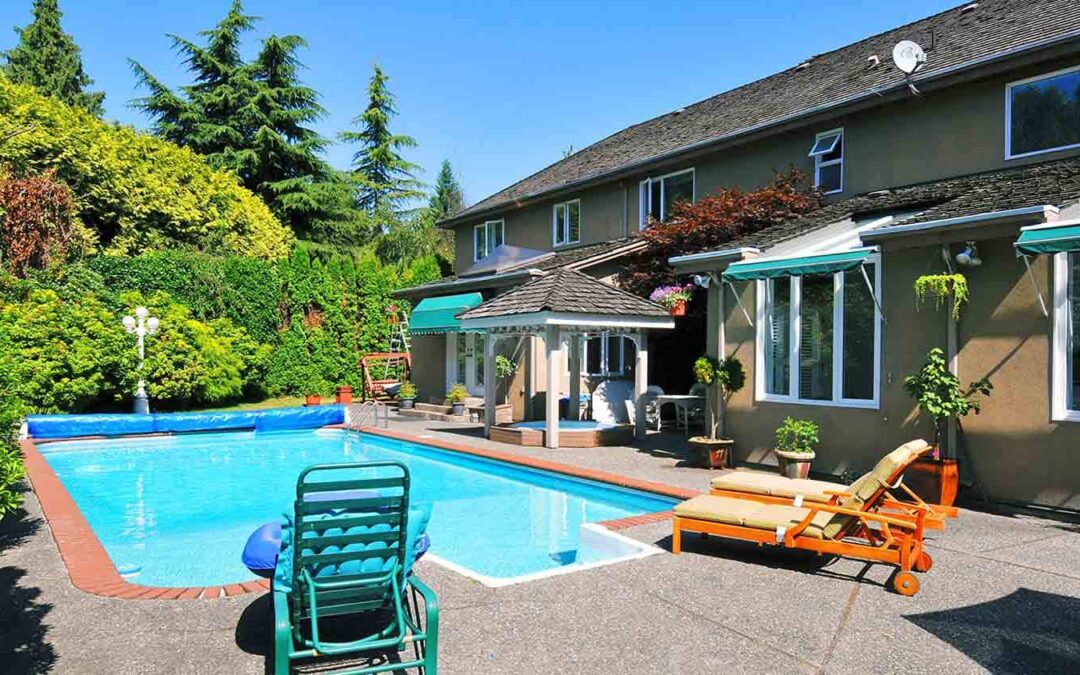Maintaining a pristine pool is a key priority for every pool owner. Among the various maintenance routines, understanding how to shock a pool is essential to keep your pools water crystal clear and safe for swimming. Shocking your pool is a process that involves adding chemicals, usually chlorine, to eliminate contaminants like bacteria, algae, and other organic matter. Heres a comprehensive guide to help you master the art of pool shocking.

Why is Pool Shocking Necessary?
Regular use of a pool leads to the buildup of impurities. These can result in cloudy water, unpleasant odors, and even skin irritations for swimmers. Shocking helps restore clarity, balance, and sanitation by breaking down chloramines and improving water quality. Read more about the significance of pool value here.
When to Shock Your Pool?
After Heavy Use
After a pool party or heavy usage, it’s a good time to shock your pool. This ensures that all contaminants and unseen germs are neutralized.
Following Bad Weather
Storms can introduce debris and contaminants into your pool. Shocking helps counter the effects of rainwater, leaves, and other debris.
Types of Pool Shock
Calcium Hypochlorite
This is the most common type, known for its effectiveness and affordability. However, it requires dissolving in water before adding it to your pool.
Sodium Dichlor
With a balanced pH, this type is simpler to use and dissolves quickly, making it ideal for small or home pools.
Step-by-Step Guide to Shocking a Pool
1. Test Your Pools Water
Start by checking the chlorine and pH levels using a good quality test kit. This helps pinpoint how much shock your pool needs.
2. Choose the Right Time
Shock your pool in the evening. Sunlight can diminish the effectiveness of shock treatments.
3. Dissolve the Shock
If using calcium hypochlorite, dissolve it in a bucket of water. This ensures no granules settle at the bottom of the pool.
4. Add the Shock to the Pool
Evenly distribute the shock around the perimeter of the pool to ensure thorough treatment.
5. Run Your Pool Pump
Keep the pump running for at least 8 hours to ensure proper circulation and distribution of the chemicals.
Safety Tips for Pool Shocking
Wear Protective Gear
Use gloves and eye protection to prevent chemical burns or inhalation issues.
Keep Away from Children and Pets
Ensure that the working area is clear of unnecessary personnel, especially children and animals.
How Long to Wait After Shocking Before Swimming?
Typically, you should wait 24 hours. Use a test kit to ensure chlorine levels are safe before letting anyone swim.
Common Mistakes to Avoid
Not Running the Pump
Lack of circulation can lead to uneven distribution of chemicals, resulting in ineffective shocking. Read more about how to handle pool maintenance issues on Nolix.
Over Shocking
Using too much shock can lead to high chlorine levels, causing skin irritation and damage to pool liners.

FAQ Section
1. Can I swim right after shocking the pool?
No, its essential to wait until chlorine levels are back to normal.
2. What should I do if my pool is still cloudy after shocking?
Check and adjust chlorine and pH levels, and ensure your filtration system is working properly.
3. Is it okay to use shock with a saltwater pool?
Yes, saltwater pools can also benefit from shocking to clear up murky water or after heavy use.
This article contains affiliate links. We may earn a commission at no extra cost to you.

